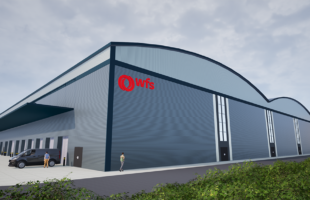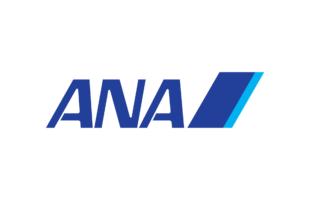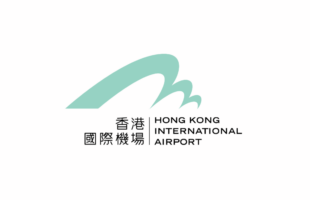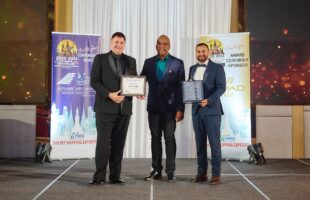
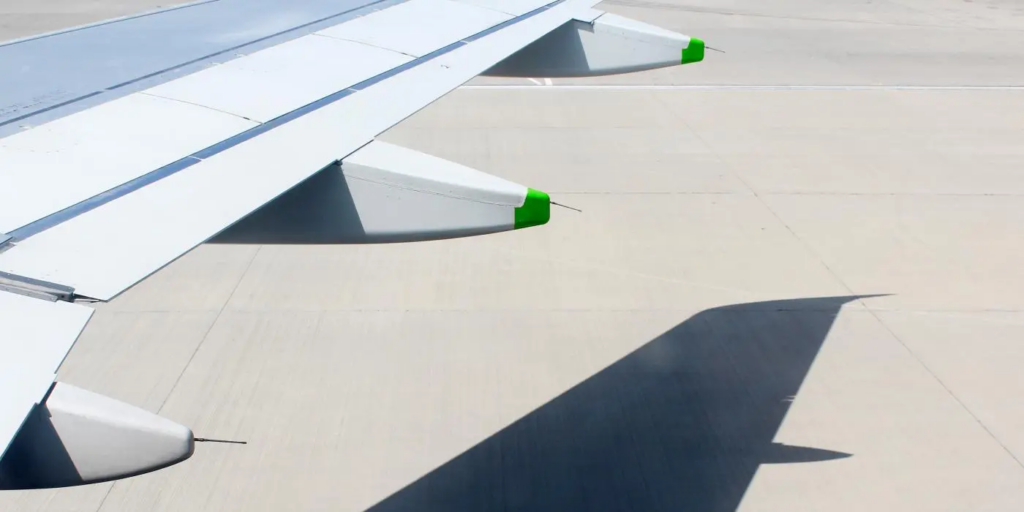
Neste is strengthening its position as world’s leading producer of sustainable aviation fuel or SAF with the announced completion of its €1.6 billion refinery expansion in Singapore in May. The energy company has established a supply chain to Singapore Changi Airport to make neat SAF available to regional and international airlines. It also has other renewable energy products that can be used on the ground to support the wider industry’s sustainability targets. In this interview, the company gives us a rundown of its operations and plans in Asia Pacific as it looks to power the next generation of transport modes in the air and on ground.
How would you describe the current demand for SAF in Asia Pacific?
The demand for SAF is accelerating globally as well as in the Asia Pacific region. We see increasing demand for SAF from both Asia Pacific-based and global airlines, as well as corporates who are looking for opportunities to reduce the emissions of their business travel or air freight by using SAF.
Our sustainable aviation fuel (SAF) has been used in the Asia Pacific region since October 2020. The first delivery of SAF was to ANA of Japan in collaboration with ITOCHU Corporation. In February 2022, Neste expanded the collaboration with ITOCHU, which became a branded distributor of Neste MY Sustainable Aviation Fuel in Japan, delivering SAF at the Haneda and Narita airports for both domestic and visiting carriers, serving since then carriers like Japan Airlines and Etihad.
In November 2022, Neste, ITOCHU and Fuji Oil collaborated together to establish a supply chain for local blending of SAF in Japan. Then, in April 2023, Neste, ITOCHU and Fuji Oil worked together to deliver locally blended SAF to Chubu Centrair International Airport as part of a demonstration project of the Civil Aviation Bureau of the Japanese Ministry of Land, Infrastructure, Transport and Tourism. Chubu Centrair is the third airport in Japan where Neste MY SAF is available.
Other Neste customers include for example Singapore Airlines at the Singapore Changi airport, Nippon Cargo (supplied at Amsterdam Schiphol airport), Air New Zealand at the Auckland Airport, and Malaysia Airlines at the Kuala Lumpur International Airport. In February 2023, Neste made its first delivery of Neste MY SAF into Australia in collaboration with Airbus, Safran and Microflite for use at the Avalon Airshow.
With the expanded capacity, how many flights can be powered by SAF each year?
We are optimistic that with the expanded capacity, it’s also sending a strong signal to airlines in the Asia Pacific region and globally. In fact, SAF can be used safely in any type of aircraft and it actually has already been used on more than 450,000 flights since 2016 according to IATA.
Can you share more about where waste and residue raw materials will be sourced?
We source wastes and residues globally for our renewables refineries located in Finland, The Netherlands and Singapore. Neste has an extensive raw materials portfolio, which provides us flexibility to meet varying market and customer demands and requirements.
We use a wide variety of sustainably-produced raw materials each year to produce our renewable products at our renewables refineries. Proportions of individual raw materials in Neste’s refining vary from year to year, depending on their availability, price, and specific market requirements, for example. Singapore is our regional hub for raw materials sourcing to support the increased production capacity. We have established our first innovation center outside of Finland in Singapore. The new pre-treatment facility has a higher capacity and is capable of processing a wider range of more challenging raw materials.
How will Neste ensure stable supply once takeup picks up?
Asia Pacific is the world’s largest aviation market, and Neste SAF is already in use by airlines in Singapore, Japan, Malaysia and New Zealand. Our SAF production in Singapore and an integrated SAF supply chain into the Changi airport enables us to further grow the availability of our product for Asia Pacific and international airlines in Singapore, in the region itself as well as globally.
What other products are you actively promoting in the region?
Neste Renewable Diesel (NRD) has also made inroads into the Asia Pacific region since 2020. We are working with selected partners and industry leaders in Singapore on trials using Neste renewable diesel.
Neste is working with capable distributors like Itochu in Japan, Interion in Singapore and Refueling Solutions in Australia to reach end users. Seibu Bus is an example of an end customer using Neste MY branded renewable diesel in their bus fleet at its Tokorozawa office, supplied by ITOCHU. Leading Australian craneage solutions provider-Marr Contracting is powering their complex heavy lifting equipment with Neste MY RD. Growing voluntary demands are fueling the usage and trials of NRD across various industry segments and applications such as mining, construction, rail, delivery fleets, data centers, F&B processing and marine.
We have started supplying renewable hydrocarbons for polymer and chemical productions from our Singapore refinery to customers in APAC, where more than 50 percent of the global petrochemical production takes place. Since 2020, our renewable feedstock for polymers and chemicals has been applied in partnerships across the region.
This has enabled industrial-scale production of renewable plastics and chemicals from 100 percent bio-based hydrocarbons in the region. Production partners include LG Chem, SK Geocentric, Mitsui Chemicals or Idemitsu Kosan. We also cooperate with brand owners such as FamilyMart/Itochu or partners like Covestro and CHIMEI.
Which other markets are you looking at?
SAF plays a key role in helping the aviation industry achieve its goal of net zero carbon emissions by 2050. We have been supplying SAF to customers globally: in the Americas, EMEA and in the Asia Pacific region and will continue to strengthen our leading position in the global SAF market.



